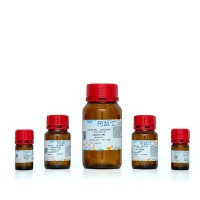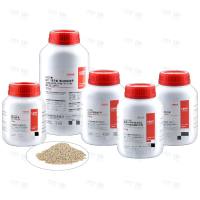STEC in the Food Chain: Methods for Detection of STEC in Food Samples
互联网
680
Since the first outbreak caused by Shiga toxin-producing Escherichia coli (STEC) of serovar O157:H7 in 1982, this agent has emerged as a food-borne pathogen leading to hemorrhagic colitis (HC), hemolytic uremic syndrome (HUS), and thrombotic thrombocytopenic purpura (TTP). In addition to the protopathotype O157:H7, other enterohemorrhagic E. coli (EHEC) serovars (e.g., O26:H11, O103:H2, O111:H- , O145:H- , and O157:H- , have caused severe infections in humans (1 ). Nearly all of STEC strains contain the E. coli attaching and effacing gene (eae ) encoding the outer membrane protein intimin, which mediates the attachment to enterocytes leading to irreversible destruction of the microvilli (2 ).









